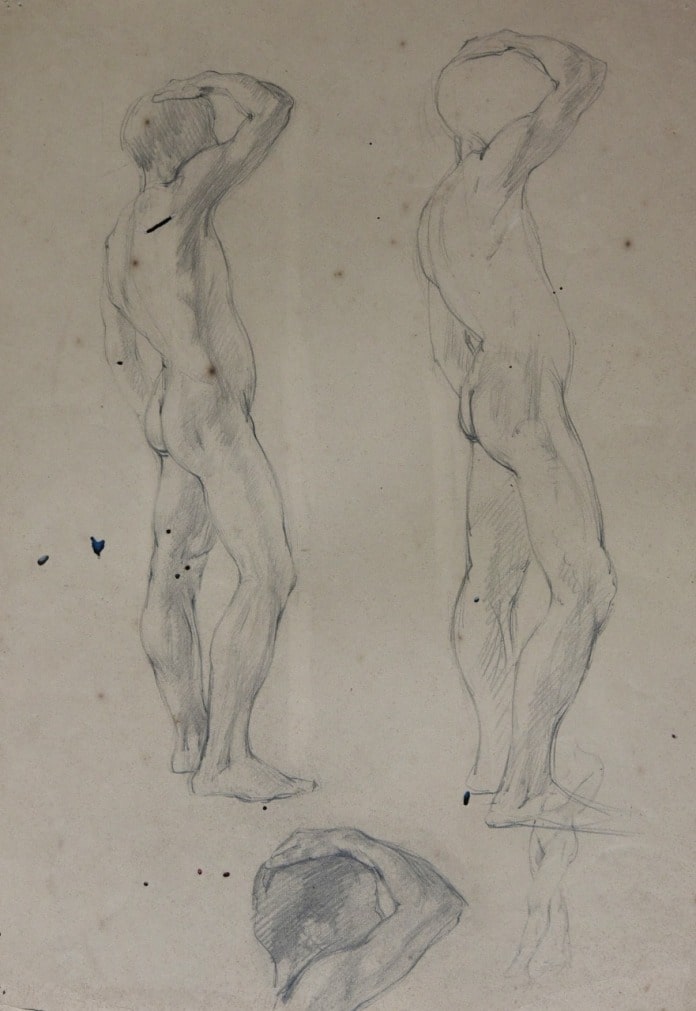Atul Bose was a master artist whose creative journey spanned several decades and left an indelible mark on the Indian art scene. He was born in 1898 in a small village in Bengal and showed an early aptitude for art. Despite facing financial difficulties, he pursued his passion and enrolled in the Government School of Art in Calcutta.
Bose’s early works were influenced by the Bengal School of Art, which was a movement that sought to revive traditional Indian art forms. However, over time, Bose developed his own unique style that blended elements of Indian art with European modernism. He was particularly influenced by the works of artists like Paul Cezanne and Georges Braque.
Bose spent two years, 1924-6, at the Royal Academy. He was heavily influenced there by the post-impressionist Walter Sickert. He refused an invitation to help decorate the pavilion at the British Empire Exhibition in 1924 with Mukul Dey. Upon his return to India, Bose taught at the government art school in Calcutta. However, he became unhappy there with the appointment of Mukul Dey in 1928. In 1929, the Government of India announced an all-India competition to produce copies of the royal portraits at Windsor Castle for the Viceroy’s new residence in New Delhi. The architect Edwin Lutyens chose Bose and J. A. Lalkaka for this prize and they went to England in 1930. Lutyens even asked Bose to draw his likeness.
Bose’s paintings were known for their bold use of color and form. He often used thick brushstrokes and a vivid color palette to create abstract compositions that were both dynamic and harmonious. His works were also deeply rooted in Indian mythology and folklore, and he often drew inspiration from these sources to create his paintings.
In addition to his paintings, Bose was also known for his study drawings, which were incredibly detailed and precise. These drawings showcased his mastery of line and form, and were often used as preparatory sketches for his paintings. Bose’s study drawings were a testament to his dedication to his craft, and his unwavering commitment to honing his skills.
Atul Bose was a master Indian artist whose work continues to inspire and captivate viewers to this day. His unique style and creative vision helped to redefine Indian art, and his study drawings are a testament to his skill and dedication.










